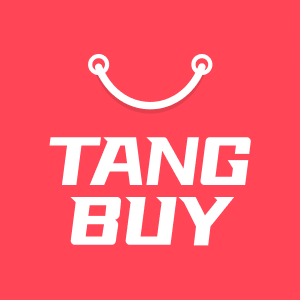Dropshipping Journey with Factory-Direct Products
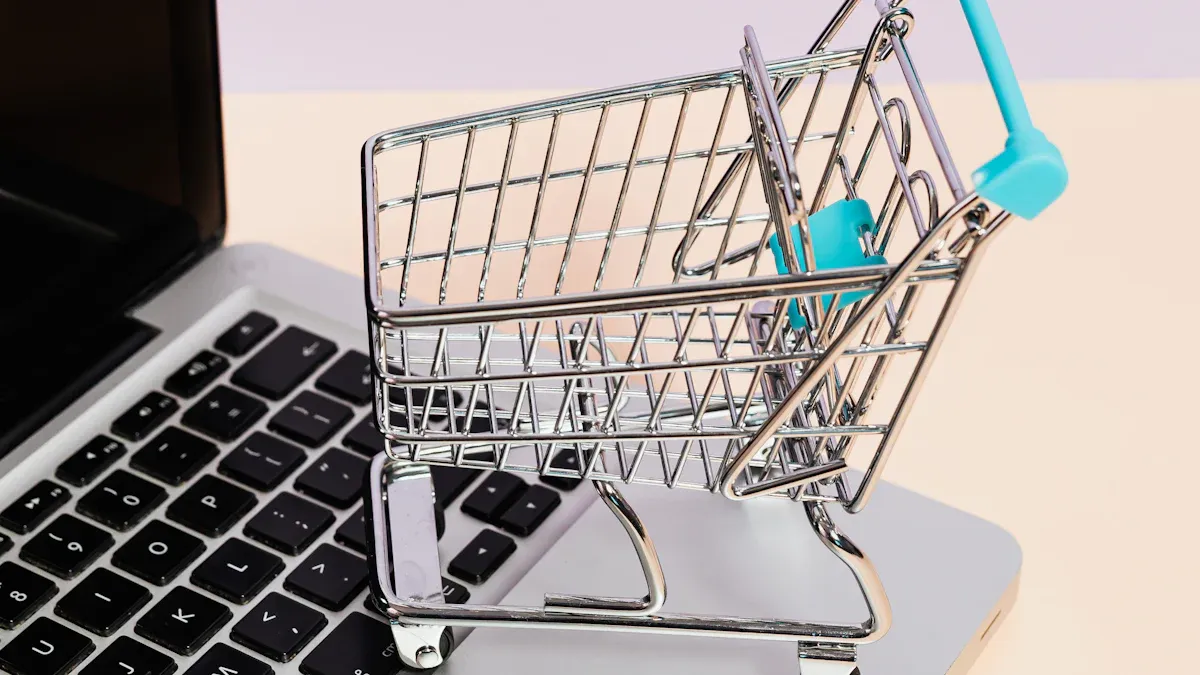
You may ask if a factory-direct Dropshipping Journey is worth it. The answer is yes. This way can help you make real profit. It has low risk for you. You do not need to spend lots of money at first. You also do not need to keep stock in your own space. Getting products from factories helps you save money. You can try new products without losing much money.
You have more time to grow your business. Suppliers take care of sending orders and keeping stock. Many large shops use dropshipping to sell more things. So you are not alone in doing this.
Key Takeaways
Dropshipping lets you sell things online without keeping stock. This lowers risk and makes starting cheaper.
Working with factories can make prices lower and delivery faster. You can also change products to fit what you want.
Research your niche and look at your competitors. This helps you pick products people want and that make money.
Pick good suppliers by ordering samples and reading reviews. Build strong relationships with them.
Use simple online shops like Shopify or eBay. This helps you make a shop that looks good and is easy to use.
Set prices that pay for all your costs and give you profit. Check your prices often to stay competitive.
Give great customer service with quick replies and clear information. Make returns easy to help people trust you.
Use software to manage orders and track payments and shipping. Fix problems quickly when they happen.
Dropshipping Journey Overview
What is Dropshipping?

You might wonder what dropshipping means. In this business model, you sell products online without keeping any stock yourself. When a customer places an order, you buy the item from a supplier, who then ships it straight to your customer. You never have to handle the product. This makes starting your own shop much easier and less risky. Many people choose dropshipping because you can run your business from anywhere and start with a small budget.
If you want to begin your own Dropshipping Journey, you will need to follow a few simple steps:
Set your budget for things like your website, marketing, and a small emergency fund.
Pick a niche that interests you and has good demand.
Check out your competitors to see what works for them.
Choose where you want to sell, such as your own website or a marketplace.
Find trustworthy suppliers by reading reviews and testing their products.
Build your online shop with clear product descriptions and easy navigation.
Register your business and set up your finances.
Add products to your shop and set prices that make sense for your market.
Factory-Direct Model
The factory-direct model takes dropshipping a step further. Here, you work directly with factories instead of middlemen or wholesalers. This means you get products straight from the source. You can often ask for custom features or special packaging. Working with factories helps you keep costs low and gives you more control over your brand.
When you use the factory-direct approach, you can also enjoy faster shipping. Products go straight from the factory to your customer, skipping extra stops. This makes your Dropshipping Journey smoother and helps you stand out from shops that use slower suppliers.
Key Benefits
You get many advantages when you choose factory-direct dropshipping:
Lower prices per item, which means you can earn more profit.
Better quality control, as you can check the factory’s standards before you start selling.
Faster delivery, since there are fewer steps between the factory and your customer.
Less risk, because you do not need to buy lots of stock upfront.
More options for customising your products and packaging, helping your shop look unique.
Tip: Customers love quick delivery and good service. When you work with reliable factories, you can offer both. This builds trust and keeps people coming back to your shop.
Your Dropshipping Journey becomes easier and more rewarding when you use the factory-direct model. You save money, deliver faster, and create a better experience for your customers.
Profitability
Cost Structure
Some people think dropshipping is always cheap. But you still have some important costs. The factory-direct model helps you save by skipping the middleman. Still, you must know where your money goes to plan for profit.
Here are the main types of costs you will have:
Fixed Costs: These do not change each month. It does not matter how many sales you make. Examples are ecommerce platform fees, salaries for marketing or customer service, product photos, and content creation. You might pay for storage or a 3PL service if you use one.
Variable Costs: These change when you get more orders. They include cost of goods sold, shipping, returns, advertising, payment fees, and packaging.
Semi-variable Costs: Some costs, like payroll or customer support, have fixed and changing parts. For example, you might pay a base salary and a bonus for extra work during busy times.
Shipping and customs fees can really add to your costs. Sometimes, these fees make your goods cost 30% more. If you buy a product for £1000, you might pay £1300 after shipping and customs. Shipping costs depend on size, weight, and where your customers live. You also need to think about customs forms and possible delays, especially if you sell to other countries.
Tip: Always ask your suppliers and freight forwarders for correct shipping and customs prices before you set your prices.
Margin Potential

Your profit margin is what you keep after all costs. The factory-direct model can help you get better margins. This is because you buy straight from the source. But your margin depends on what products you sell.
Here are some usual margin ranges for different product types:
Product Category Type | Typical Margin Range | Examples of Product Categories and Items |
|---|---|---|
Higher Margin Categories | 30-45%+ | Niche hobby products, Specialised equipment, Custom or personalised items, Branded fashion accessories, Beauty and skincare |
Medium Margin Categories | 20-30% | Home decor and furnishings, Clothing and apparel, Fitness equipment, Pet supplies, Outdoor gear |
Lower Margin Categories | 10-20% | Consumer electronics, Well-known branded products, Highly competitive commodity items, Large or heavy items with high shipping costs |
Picking the right product type is very important. If you choose items with high demand and low competition, you can get better margins. Custom or niche products often let you set your own prices. But selling popular electronics or heavy items can lower your profits. This is because of high shipping costs and tough competition.
You should always add up all your costs before you set your prices. This means product, shipping, advertising, and running your shop. Doing this helps your Dropshipping Journey stay profitable, even if you get surprise costs.
Common Pitfalls
Many people start dropshipping with big hopes. But some common mistakes can hurt your profits. Here are some things to watch out for:
Not using the right tools for product research, vendor management, or order tracking. This wastes time and can mean missed sales.
A confusing website layout. If your shop is hard to use, customers will leave.
Not keeping up with market trends. If you stop checking what customers want, your products can become old.
Expecting quick profits. Dropshipping takes time and effort to grow.
Poor product research. If you do not check demand, competition, and margins, you might pick the wrong products.
Relying too much on one supplier. If they raise prices or run out of stock, your business suffers.
Selling too many different products. This can make your brand look messy and confuse your marketing.
Setting prices too low. You might think this will bring more buyers, but it can make your shop look untrustworthy and shrink your profits.
Ignoring customer feedback. Bad reviews can hurt your reputation if you do not listen and improve.
Giving up too soon. Many people quit before they see real results.
Note: You can avoid many of these mistakes by staying focused, using good tools, and learning from your errors. Keep making your shop better and your Dropshipping Journey will become more successful over time.
Niche Research
Market Trends
You should choose a niche that people want now. Dropshipping is changing quickly in 2024. Social media like TikTok and Instagram let people shop while scrolling. This is a big trend. Social commerce could make almost $700 billion this year. Using these platforms helps you find more buyers. It also makes your shop special.
Personalisation is very important today. Around 76% of shoppers like brands that give personal suggestions. You can use this by offering custom products or special tips. Direct-to-consumer dropshipping is also getting bigger. This helps you build a strong brand and connect with customers.
Some top trends in dropshipping for 2024 are:
People want eco-friendly and green products. They look for items that save energy or can be reused.
Tech gadgets like smart home tools and wearable tech are popular.
Health and wellness products keep growing. Fitness gear and organic skincare are in demand.
Home office items and comfy furniture are still popular because many work from home.
Customisation and personal touches help your products get noticed.
The dropshipping market is growing fast. Experts think it will grow over 26% each year until 2030. This is because more people shop online, new tech is coming, and shopping is easier.
Competition
You must know who else sells in your niche. Studying your competition helps you find gaps and do better. Many tools can help you with this. Some are free, and some cost money but give more details.
Tool/Platform | What It Does | Best For |
|---|---|---|
Tangbuy | Access trending products, manage orders, and handle global shipping. | Beginners, dropshippers, small businesses, influencers |
Google Trends, Amazon Best Sellers | Shows trends, seasons, and what buyers want | Beginners |
AliShark, Ecomhunt | Finds new products, checks engagement, and margin potential | Sellers looking for early opportunities |
Minea, AdSpy | Looks at social media ads and finds trending products | Sellers using Facebook or TikTok ads |
Sell The Trend | Predicts demand, automates research, and links with suppliers | Shopify sellers |
Niche Scraper | Tracks competitors, daily product picks, and influencer engagement | Solo entrepreneurs |
Start with free tools to learn about the market. As you grow, try paid tools for deeper research. Using different tools gives you a better view of what works and what needs work.
Tip: Pick products with steady demand and not too many sellers. This gives you a better chance to do well.
Product Validation
Before you start, check if your product idea will sell. First, learn about your target audience. Find out what they like and what problems they have. Use Google Trends to see if people want your product more or less. Look at forums, social media, and reviews to hear what people say.
Here is an easy way to check your product:
Learn what your audience needs and how they shop.
Study your competitors to find what they miss.
Use Google Trends to see if interest is growing.
Ask for feedback on social media or with surveys.
Collect reviews and listen to what customers say.
Dropshipping lets you test products with little risk. You can see what sells before buying lots of stock. Customer reviews help you build trust and show your products are real. If you get good feedback and steady sales, you are on the right path.
Listening to your customers and using real sales data helps you make smart choices. This way, you can grow your shop with confidence and avoid costly mistakes.
Supplier Selection
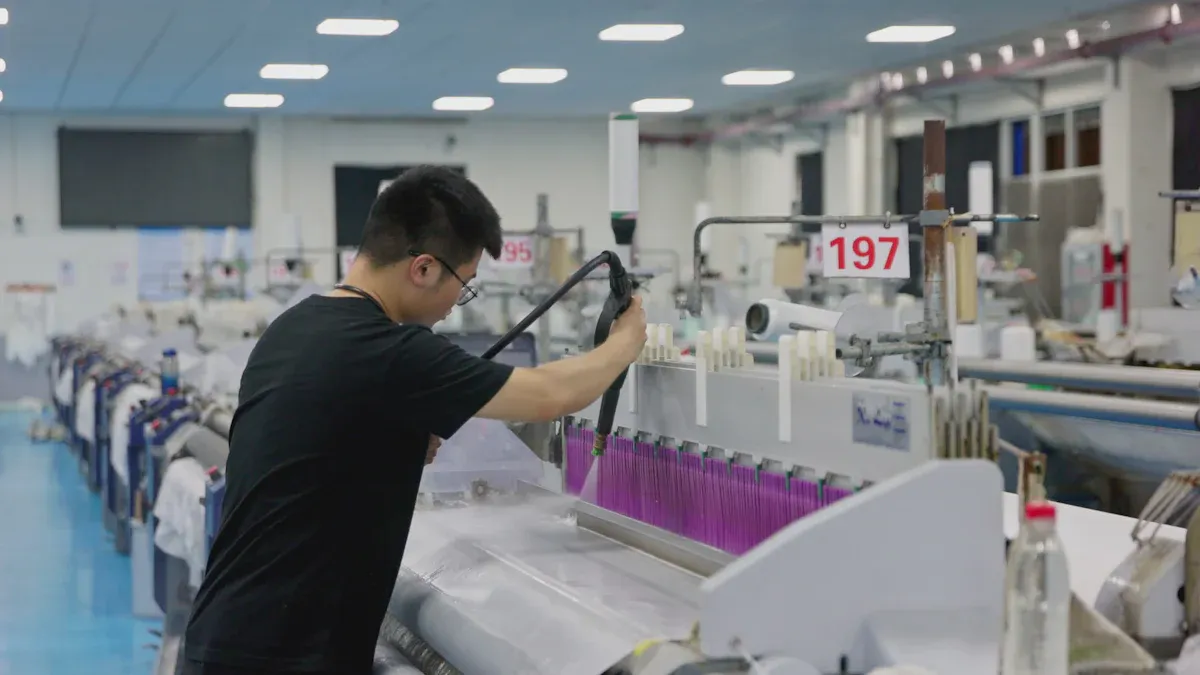
Picking good suppliers is a very big step in your Dropshipping Journey. Good suppliers help you send out quality products on time. This keeps your customers happy. Bad suppliers can cause late deliveries or poor products. You could even lose money. Let’s see how you can find, check, and work well with factory-direct suppliers.
Finding Factories
Start by looking for factories that make your type of product. Here’s an easy way to begin:
Use online sites like AliExpress, SaleHoo, and Alibaba to find suppliers for your products.
Check if suppliers are trustworthy by reading reviews on Trustpilot, social media, and forums.
Order samples to see if the quality and packaging are good.
Test shipping by ordering samples and checking how fast they arrive.
Talk clearly with suppliers. Make sure they answer your questions quickly.
Build trust by being honest and paying on time.
Do not use only one supplier. Work with a few to stay safe.
Use tools like Supplier Relationship Management software to track orders and messages.
If possible, visit factories or warehouses to see how they work.
Ask smart questions about their company, quality checks, how much they can make, prices, shipping, and returns.
Check how well suppliers do their job and give feedback to help them get better.
You can also use dropshipping agents. These agents are your helpers. They find good factories, check product quality, and handle shipping. Agents know the local area and can spot problems before your customers do.
Tip: Always order samples first. This helps you keep your standards high and avoid bad surprises.
Here’s a quick look at some popular platforms that link you with factory-direct suppliers:
Platform | Description | Key Features | Recommended For |
|---|---|---|---|
Tangbuy | Dropshipping and sourcing platform with factory-direct product | Trending products, TikTok viral items, flexible MOQs, private label, global shipping, order management. | Beginners, dropshippers, small businesses, influencers, content creators. |
DSers | Dropshipping app connecting stores with AliExpress suppliers. | Supplier comparison, automated order processing, access to AliExpress catalogue. | Ecommerce owners wanting efficient AliExpress sourcing. |
Worldwide Brands | Established supplier directory with vetted wholesalers. | Over 16 million certified products, mostly US-based suppliers, one-time payment. | Brands seeking lifetime access to quality wholesale directory. |
Zendrop | Shopify dropshipping app with US and China warehouses. | Auto-fulfilment, branded packaging, bulk inventory in US warehouses for faster shipping. | Shopify users wanting branded/customised products shipped quickly from US. |
Modalyst | Automated dropshipping app with global suppliers and name brands. | Access to luxury and trendy brands, API partnership with AliExpress, curated independent brands. | Stores selling unique, high-ticket, or branded products. |
Wholesale Central (TopDawg) | Wholesale supplier network with API and marketplace integrations. | Extensive product selection, US and global dropshipping, tools for order tracking and selling. | Dropshipping businesses seeking vetted US suppliers and integration tools. |
SaleHoo | Supplier directory with 8,000+ pre-vetted suppliers and 2.5 million products. | Connects with reliable suppliers, product trend research, expert guidance. | Entrepreneurs looking for trustworthy suppliers and business growth support. |
Inventory Source | Free directory of dropshippers and US wholesale distributors. | Access to thousands of suppliers, automation software for syncing and order management. | Sellers wanting free access to supplier directory and automation tools. |
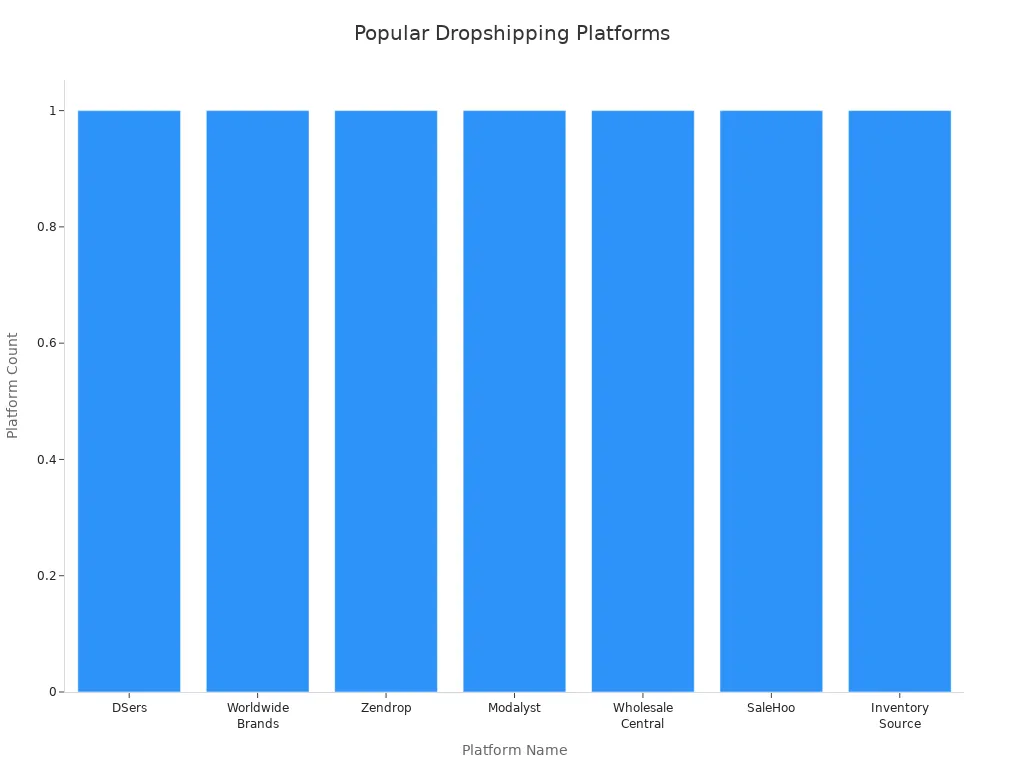
Vetting Suppliers
Not every supplier will be right for you. You need to check them well before you start working together. Here are some things to look for:
Watch out for hidden costs. Ask for a full price list, including shipping and customs.
Pick suppliers with no minimum order rules. This helps when you are new.
Place test orders to see how they handle orders and shipping.
Make sure all deals are clear. Read the terms before you agree.
Choose suppliers who are organised and work quickly. This helps avoid mistakes.
Try to use suppliers close to your customers. This can make shipping faster and cheaper.
Look for suppliers with skilled staff and good customer service. Fast replies help you a lot.
Prefer suppliers who use modern technology and have a good website.
Prepare a simple pitch about your business and what you plan to sell. This shows you are serious.
Ask about order minimums, delivery times, returns, and dropshipping experience.
Ask for samples to check the quality yourself.
Talk about payment, shipping, and how orders are handled.
Build a good relationship with your main contact. This makes fixing problems easier.
Sign legal agreements to protect both sides.
Watch out for fake wholesalers. Avoid those who charge monthly fees or sell to everyone at “wholesale” prices. Always check for a vetting process, real contact details, and brand approval.
Dropshipping agents can help you check suppliers too. They act as your eyes and ears. Agents check product quality, look at items before shipping, and manage supplier links. This helps you avoid bad quality and keeps your customers happy.
Note: Good suppliers mean fewer returns, faster shipping, and better reviews. This keeps your brand strong and your customers coming back.
Building Relationships

You want your suppliers to see you as a partner, not just a buyer. Good relationships mean better service, help during busy times, and sometimes better prices.
Communication
Talking well is very important. Here’s how you can keep things working well:
Have one main contact person. This stops confusion and keeps messages clear.
Use tools like SRM software to track chats, orders, and files.
Be honest and open. Share your plans and listen to your supplier’s advice.
Give feedback and talk about any problems quickly.
Respect cultural differences. This helps build trust and stops misunderstandings.
Tip: Regular chats, even just to say hello, show your supplier you care about working together.
Negotiation
Negotiation is not just about price. You can also talk about payment, shipping, and packaging. Here are some tips:
Get ready before you negotiate. Know what you want and your numbers.
Be clear about your needs, like delivery times or special packaging.
Offer something back, like bigger orders or faster payments.
Write down all deals. This protects you and your supplier.
Stay polite and professional, even if you do not agree.
Building a strong partnership takes time. Treat your suppliers well, celebrate wins together, and always look for ways to get better. When you work as a team, you both do well.
Remember: Good supplier relationships mean better products, faster shipping, and happier customers. This is the base of a great Dropshipping Journey.
Store Setup

Platform Choice
Picking the right platform is a big first step. You want a place that is easy to use and helps your shop grow. Some platforms are better for dropshipping, especially with factories. Here is a quick look at some popular choices:
Platform | Key Features & Advantages |
|---|---|
Tangbuy | Provides 300,000+ trending, factory-direct products; supports flexible MOQs including single items; offers private label/custom packaging; global shipping with tracking; order management and influencer-friendly tools. |
Runs many shops with lots of products; helps with dropshipping; suppliers are reliable; saves time on finding and testing products. | |
eBay | Has many products; lets you sell worldwide; protects buyers and sellers; has a feedback system; tracks orders. |
Etsy | Focuses on special and handmade items, which is good for niche dropshipping shops. |
Costco | Is a well-known wholesaler; ships fast; supports dropshipping; sells good quality items; has member deals; returns are easy; customer service is great. |
Costway | Sells home and outdoor goods; has many warehouses; checks quality; offers wholesale prices and quick shipping; has a rewards plan. |
Target | Is a big US shop with many stores; ships quickly; sells top products; has weekly deals; loyalty plans; easy returns. |
BigCommerce is also a great choice for factory-direct dropshipping. It gives you many tools and resources. You can find good suppliers and link your shop to them easily. This platform helps you start or grow your shop without keeping stock.
When you choose a platform, think about how it can grow with you. Some, like Shopify and BigCommerce, let you add more tools as your shop gets bigger. They help you automate tasks and connect with suppliers. This saves time and keeps your shop running well.
Tip: Pick a platform that matches your products and goals. If you want to sell special items, try Etsy. If you want lots of buyers, Shopify or eBay may be better.
User Experience
You want your shop to be simple to use. If customers find things fast, they will buy more. Keep your shop neat and easy to understand. Use big, clear photos and short, honest details. Make sure your shop works well on phones and tablets. Many people shop on their mobiles now.
A good user experience means your shop loads quickly. If it is slow, people will leave. Use easy menus and clear buttons. Let customers sort by price, colour, or size. Add a search bar so they can find things fast.
Customers trust shops that look tidy and professional. A clean shop helps you stand out and builds trust.
Payment & Shipping

You need to give safe and easy ways for people to pay. Most platforms let you take cards, PayPal, Apple Pay, or Google Pay. Make checkout simple. Fewer steps mean more sales.
Shipping is very important too. Work with suppliers who ship fast and are reliable. Show shipping times and costs before checkout. If you can, give tracking numbers so customers can see their orders.
Modern platforms help you link with suppliers and manage orders. Many use cloud tools. These tools let your shop talk to suppliers in real time. You can check stock, update prices, and handle orders easily. Cloud platforms help you grow. You can add new suppliers or products quickly, so your shop can get bigger when you are ready.
Note: Good payment and shipping choices make customers happy. Happy customers come back and tell friends. This is how your dropshipping journey grows!
Product Listing
Selection
Choosing the right products for your shop is a big step. You want items that sell well and make your business stand out. Start by looking at shipping times and costs. Quick delivery keeps customers happy, so always check how long it takes for products to arrive. Factor shipping fees into your prices, or you might lose money.
Next, watch market trends and seasonality. Some products sell better at certain times of the year. Use tools like Google Trends to spot what’s popular now. Research your competitors. If you find products with high demand but low competition, you have a better chance to succeed.
Here’s a simple checklist for picking products:
Check shipping times and costs.
Look at market trends and seasonality.
Use Google Trends and marketplaces to find popular items.
Study competitors and demand.
Calculate profit margins for each product.
Explore niche categories for special audiences.
Make sure product quality is high.
Plan for great customer service.
Factory-direct dropshipping lets you offer a wide range of products without worrying about storage. You can test new items easily and scale up fast. You don’t need much money to start, and you can run your shop from anywhere. 👍
Descriptions

Product descriptions help you sell. You want to make them clear, honest, and easy to read. Use short sentences and simple words. Tell customers what the product does, why it’s useful, and what makes it special. If you can, add a story or a fun fact.
Use bullet points for features. This makes it easy for shoppers to scan and decide. Always mention size, colour, material, and care instructions. If you sell custom or niche products, highlight what makes them unique.
Tip: Add real photos and customer reviews. People trust shops that show real results.
Pricing
Setting prices is more than just picking a number. You need to cover all your costs and still make a profit. Start by adding up the product cost, shipping fees, platform charges, and any advertising spend. Check what your competitors charge. If your prices are too high, customers might go elsewhere. If they’re too low, you won’t make enough money.
Here’s a quick table to help you compare pricing strategies:
Pricing Step | What You Should Do |
|---|---|
Calculate Costs | Add product, shipping, and platform fees |
Check Competition | Compare prices with other shops |
Set Profit Margin | Aim for a margin that covers costs |
Adjust for Value | Charge more for unique or custom items |
Factory-direct dropshipping often means lower costs, but you have less control over quality and shipping. Traditional shops can set higher prices for better service, but need more money upfront. You must find the right balance for your shop.
Note: Review your prices often. Markets change, and you want to stay ahead.
Marketing & Growth
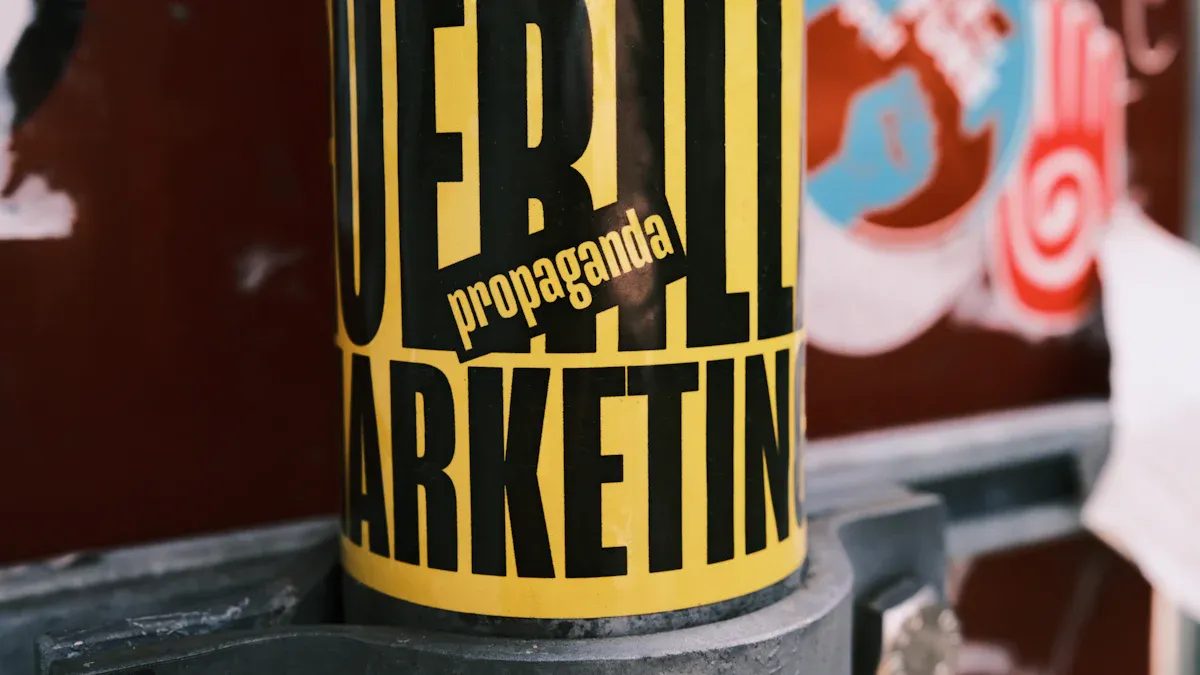
Launch Strategies
You want your shop to stand out from the start. A strong launch helps you get noticed and build trust. Begin by telling your story. Share why you chose your products and what makes your shop special. People like to know who they are buying from.
Here are some steps to help you launch:
Create a buzz before you open. Post sneak peeks on social media. Show behind-the-scenes photos or videos.
Offer a special deal for your first customers. You could give a discount, free shipping, or a small gift.
Ask friends and family to share your shop. Word of mouth works well.
Use email to reach people who might like your products. Send a welcome message and a launch offer.
Work with influencers. They can show your products to more people.
Join online groups that match your niche. Share helpful tips and join conversations.
Tip: Start small and test what works. You can always change your plan as you learn.
Customer Experience
You want every customer to feel happy and valued. Good service brings people back and helps your shop grow. Make your website easy to use. Use clear photos and honest descriptions. Answer questions quickly.
Here are ways to improve customer experience:
Send order updates by email or text. Let customers know when their order ships.
Add a live chat or quick contact form. People like fast answers.
Ask for feedback after each sale. Listen and make changes if needed.
Handle problems with care. Offer easy returns and refunds.
Say thank you. A simple note or email makes a big difference.
Customer Service Tip | Why It Matters |
|---|---|
Fast replies | Builds trust |
Clear info | Reduces confusion |
Easy returns | Makes customers feel safe |
Personal touches | Creates loyal buyers |
Note: Happy customers often tell their friends. This helps your shop grow without extra cost.
Analytics

You need to know what works and what does not. Analytics help you track sales, visitors, and popular products. Most platforms give you simple reports. You can see which items sell best and where your visitors come from.
Start by checking these numbers:
Total sales each week
Number of visitors to your shop
Which products get the most views
Where your traffic comes from (social media, search, ads)
How many people buy after visiting
Use this data to make smart choices. If one product sells well, add more like it. If people leave your shop quickly, check if your site is slow or confusing.
Tip: Look at your numbers often. Small changes can make a big difference in your Dropshipping Journey.
Order Management
Order management is the heart of your dropshipping shop. If you get this right, your customers will stay happy and your business will run smoothly. You do not need to feel overwhelmed. With the right steps, you can handle orders like a pro—even if you are just starting out.
What does order management mean?
It means keeping track of every order from the moment a customer buys until they receive their parcel. You need to check payments, send orders to your supplier, track shipping, and solve any problems that pop up.
Here’s a simple order management flow you can follow:
Receive the order: Your shop gets a new order. You get a notification.
Check payment: Make sure the customer has paid. Most platforms do this for you.
Send order to supplier: Pass the order details to your factory or dropshipping agent.
Confirm stock: Double-check that the product is available.
Get tracking info: Your supplier ships the item and gives you a tracking number.
Update your customer: Send the tracking number and shipping update.
Handle issues: If there is a delay or problem, talk to your supplier and keep your customer informed.
Complete the order: Once the customer gets their parcel, mark the order as finished.
Tip: Use order management software or apps. These tools can automate many steps and save you time.
Popular Order Management Tools
Tool | What It Does | Why Use It? |
|---|---|---|
Oberlo | Automates order sending and tracking | Saves time, fewer mistakes |
DSers | Bulk order processing, tracking sync | Handles many orders fast |
Built-in order management | Easy for beginners | |
ShipStation | Shipping labels, tracking updates | Good for scaling up |
You should always keep an eye on your orders. If you spot a problem early, you can fix it before it upsets your customer. Set up alerts for failed payments or stock issues. Check your dashboard every day.
Sometimes, things go wrong. Parcels get lost or delayed. Products might arrive damaged. When this happens, act fast. Contact your supplier, offer a solution, and keep your customer in the loop. A quick reply can turn a bad situation into a good review.
Note: Good order management builds trust. Customers remember when you solve problems quickly.
If you want to grow, you need to automate. Most platforms let you link your shop with your supplier. Orders go straight to the factory. Tracking numbers update by themselves. You spend less time on admin and more time growing your shop.
Order management is not just about ticking boxes. It is about caring for your customers and making sure every order ends well. When you master this, your dropshipping journey becomes much easier—and a lot more fun! 🚀
You can start your Dropshipping Journey with just a few steps. Pick a strong niche, build your brand, and test products before you sell. Use social media to reach more people and create a loyal community. Always give great customer service and keep your shop fresh by trying new ideas.
Choose your niche wisely.
Build a brand that stands out.
Test products and listen to feedback.
Be clear about shipping times.
Stay active in marketing and support.
Success comes when you take action and keep learning. Your Dropshipping Journey can grow if you stay focused and never give up.
FAQ
What is factory-direct dropshipping?
You buy products straight from the factory. The factory sends items to your customers. You skip middlemen, save money, and get faster shipping.
Do I need to keep stock at home?
No, you don’t need to store anything. Your supplier handles all the stock and shipping. You just focus on selling and customer service.
How do I find reliable suppliers?
Start with trusted platforms like Alibaba or SaleHoo. Always order samples first. Read reviews and talk to suppliers before you choose.
Tip: Good communication helps you spot trustworthy suppliers.
Can I start dropshipping with little money?
Yes, you can begin with a small budget. You pay for products only after you make a sale. Most costs go to your website and marketing.
What if my customer receives a faulty product?
Contact your supplier quickly. Offer a refund or replacement. Keep your customer updated. Fast action builds trust and keeps buyers happy.
How long does shipping usually take?
Shipping times depend on the supplier and location. Most orders arrive in 7–21 days. Some factories offer faster options for extra cost.
Shipping Option | Typical Delivery Time |
|---|---|
Standard | 10–21 days |
Express | 5–10 days |
Can I customise products or packaging?
Many factories let you add your logo or special packaging. Ask your supplier about options. Custom touches help your shop stand out.

TangBuy: A Smarter Way to Dropship in 2025
If you're looking to stay competitive with dropshipping in 2025, speed and trend-awareness are key. TangBuy helps you stay ahead with real-time product trends, fast fulfilment, and factory-direct sourcing. With over 1 million ready-to-ship items, 24-hour order processing, and seamless Shopify integration, TangBuy makes it easier to test, scale, and succeed in today's fast-moving eCommerce landscape.
See Also
Complete Guide To Starting A Dropshipping Venture In 2025
How To Successfully Sell Wholesale Products Online In 2025
Deciding Between Dropshippers And Wholesalers For Your Enterprise
Top Five Methods To Find Trending Items For Your Store
Starter’s Handbook For Running Shopify Without Dropshipping In 2025
